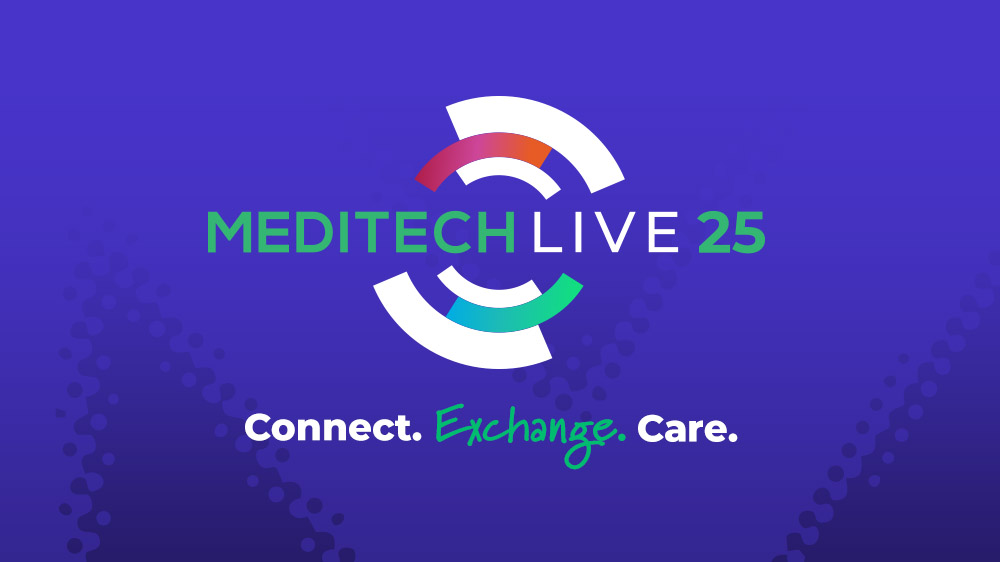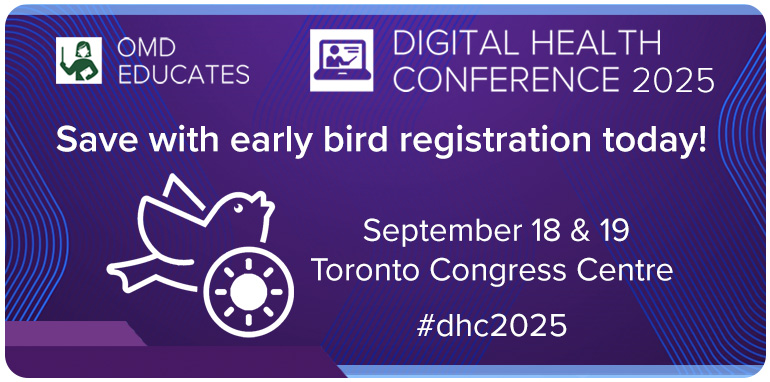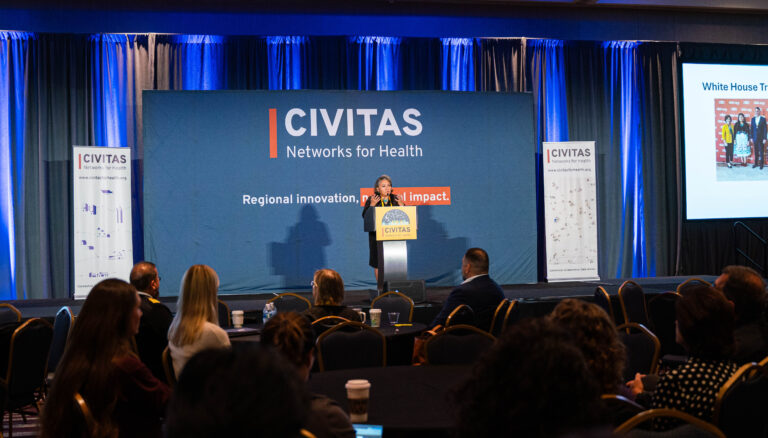Outpatient EHR adoption has increased steadily over the past eight years, reaching near universal adoption, shows a new essentials brief from HIMSS Analytics.

The brief includes results from a nationwide survey detailing PM and EHR adoption trends in both hospital-owned and independent outpatient clinics. Overall, hospital-owned outpatient clinics have higher rates of EHR adoption than independently run clinics.
Hospital-owned outpatient clinics have reached 92 percent EHR adoption. This shows enormous growth from 2010 when EHR adoption was only at 54.5 percent.
In independently-owned outpatient clinics, EHR adoption has reached 77.9 percent, an increase from 29 percent in 2010.
Although EHR adoption in independently-owned outpatient clinics is only about 78 percent, the researchers said the market has reached near saturation. This is because many providers are reaching retirement age and do not want to invest in EHR technology so close to the end of their careers. There is also a significant number of independent providers who do not think their practice needs an EHR.
The data also shows little room for an EHR replacement market. Most providers reported that they did not plan to perform an entire EHR replacement, with only about 15 percent of respondents showing any indication for an EHR replacement project.
According to leaders at HIMSS Analytics, these results were unexpected.
“I am somewhat surprised a more robust replacement market has not yet developed for practice management and electronic health solutions,” says HIMSS Analytics Director of Research, Brendan FitzGerald.
“But given the cost and implementation effort of these practices over the last eight years, and the need to keep up with industry standards and additional regulations, practices seem content with their current solutions and will look to leverage these solutions to meet industry standards and regulations. It is worth mentioning, however, that 15% of respondents are looking to replace or purchase EHR solutions in the near term so there is still opportunity in that solution set of the outpatient market.”
However, the researchers did point out numerous other chances for new EHR market growth. With the impending MACRA implementation or Stage 3 Meaningful Use, providers may need to change their systems to invest in different technologies. All of these federal policies show an opportunity for a burgeoning EHR market.
Other data shows the EHR adoption is climbing in hospitals, as well. In May, the Office of the National Coordinator for Health Information Technology announced that hospital EHR adoption had risen to 96 percent in 2015. Basic EHR adoption had risen to 83.8 percent that same year.
The data shows that specialist hospitals, like psychiatric or children’s hospitals, are lagging behind in EHR adoption. Psychiatric hospitals have only a 15 percent adoption rate for basic EHR systems. Children’s hospitals have 55 percent basic EHR adoption rates.
Going forward, a recognition of the importance and usefulness of widespread EHR adoption will be necessary in order to spur adoption across specialist hospitals like those listed above.
“Realizing the full value of widespread EHR adoption will require focusing on these new challenges and it will be important to shift our focus from hospital adoption of EHRs to monitoring progress in these new areas,” the authors of the brief conclude.
“This would not only include hospitals’ interoperability but also examining health IT adoption and interoperability across additional settings including long-term care providers and behavioral health care providers, and beyond the care continuum, such as social services and public health.”


































